One
EARLY DAYS
The first recorded movie filmed in the Alabama Hills area was The Round Up (1920), starring the famous comedian Roscoe Conkling “Fatty” Arbuckle. A year later, Arbuckle was involved in a scandal at the St. Francis Hotel in San Francisco. Arbuckle was taken to trial and his reputation ruined, though he was eventually acquitted. He introduced Charlie Chaplin and Bob Hope to Hollywood, and soon after died of heart failure.
The Round Up and many other early films were the result of an influential local named Russ Spainhower. Russ Spainhower was a facilitator to countless projects in the Alabama Hills and for decades served as a point of contact for location managers scouting the area. He provided cattle, wagons, lodging, local residents as extras, or anything else needed for filming. He is buried next to his wife in the Independence Cemetery in Independence, California.
Early filming locations also exist near Tuttle Creek Road and the town of Lone Pine. These locations can be seen in early silent movies, including four directed by William Wellman. Wellman directed Wings (1927) with Clara Bow and received the first Academy Award for Best Picture in the Blossom Room at the Hotel Roosevelt on Hollywood Boulevard.
The actor William Boyd lived on Tuttle Creek Road in the “Hoppy Cabin,” once a country club, during much of the period that he made films in the area. In his early years as Hopalong Cassidy, Boyd also lived at 2010 Vine Street, which is located near the famous intersection of Hollywood and Vine.
A movie crew once had lunch in the middle of Tuttle Creek Road. For those seeking to explore the area, Thundercloud Road, Sunset Road, and Indian Springs Road are sites of other film locations lying right off Tuttle Creek Road.
Just as the silent films were quiet, take a moment of silence to gaze upon the splendor of movie making beginnings and the beautiful High Sierras. Appreciation is owed to the filmmakers, actors, crew, and everyone involved who shaped our love of film.
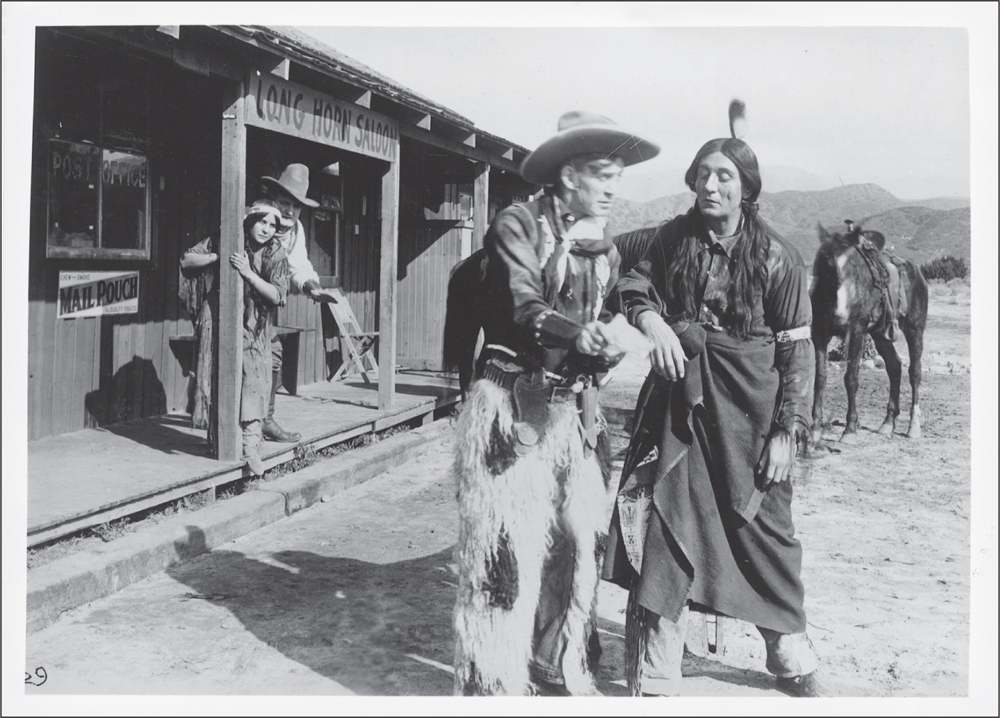
Early Western films included The Great Train Robbery (1903) and The Squaw Man (1914). These helped set the pace for the first film to be shot in the Alabama Hills. Here is a scene from The Squaw Man, shot on the corner of Sunset and Cahuenga Boulevards in Hollywood, California.
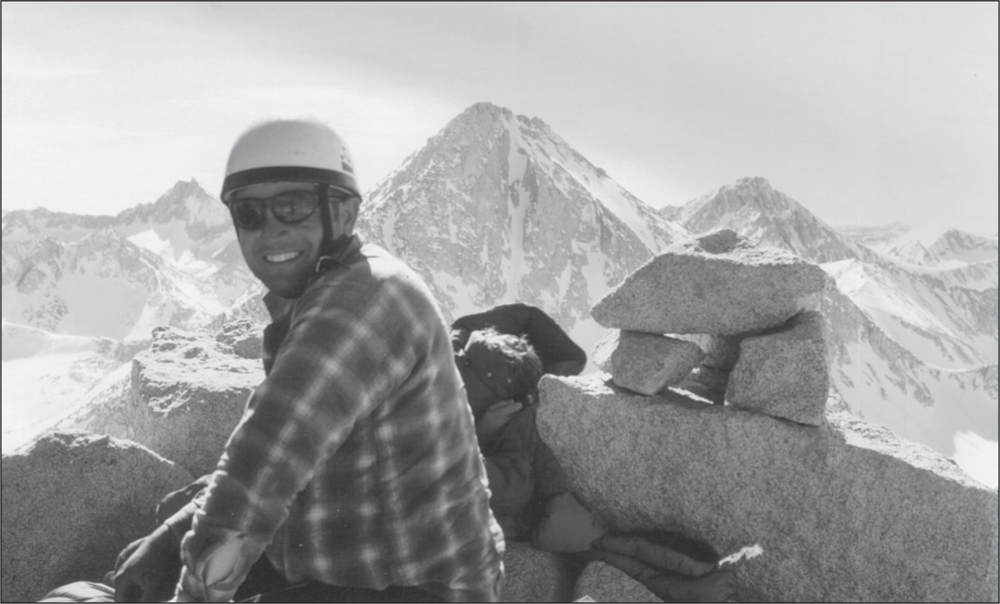
The author’s father, Charles Morfin Jr., is pictured atop Mount Mills on Valentine’s Day, 1971; he was the first to make a winter ascent of the mountain in the Rock Creek Lake area near where an early film, The Golden Princess (1925), took place.
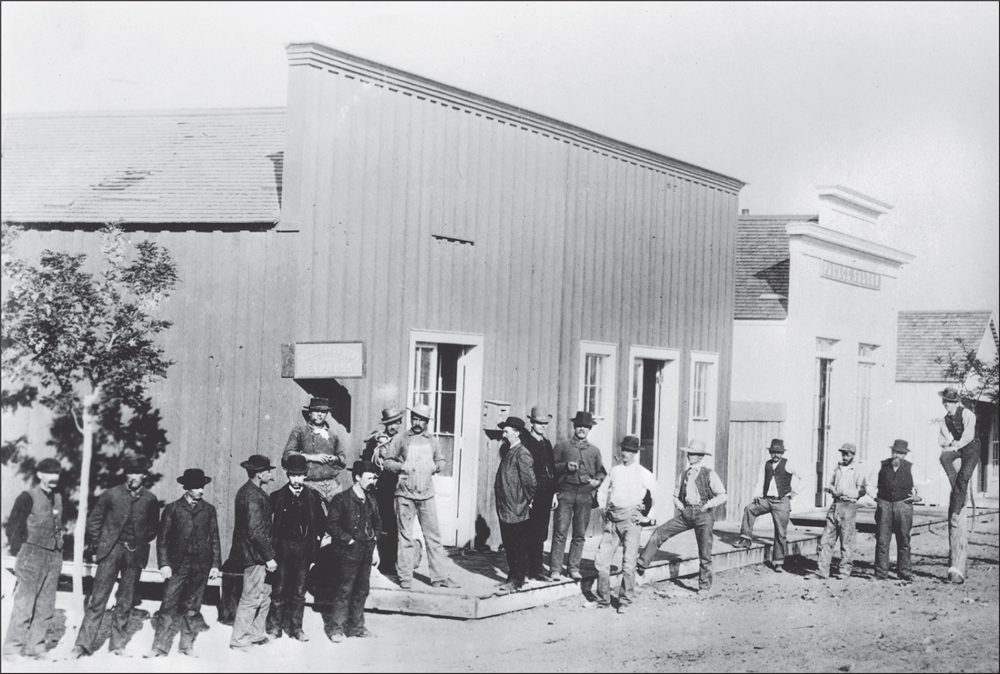
A typical mining town of the 1880s thrived in the region near the Alabama Hills. This photograph of Keeler shows some of its merchants. People such as these named the Alabama Hills after the Confederate ironclad.
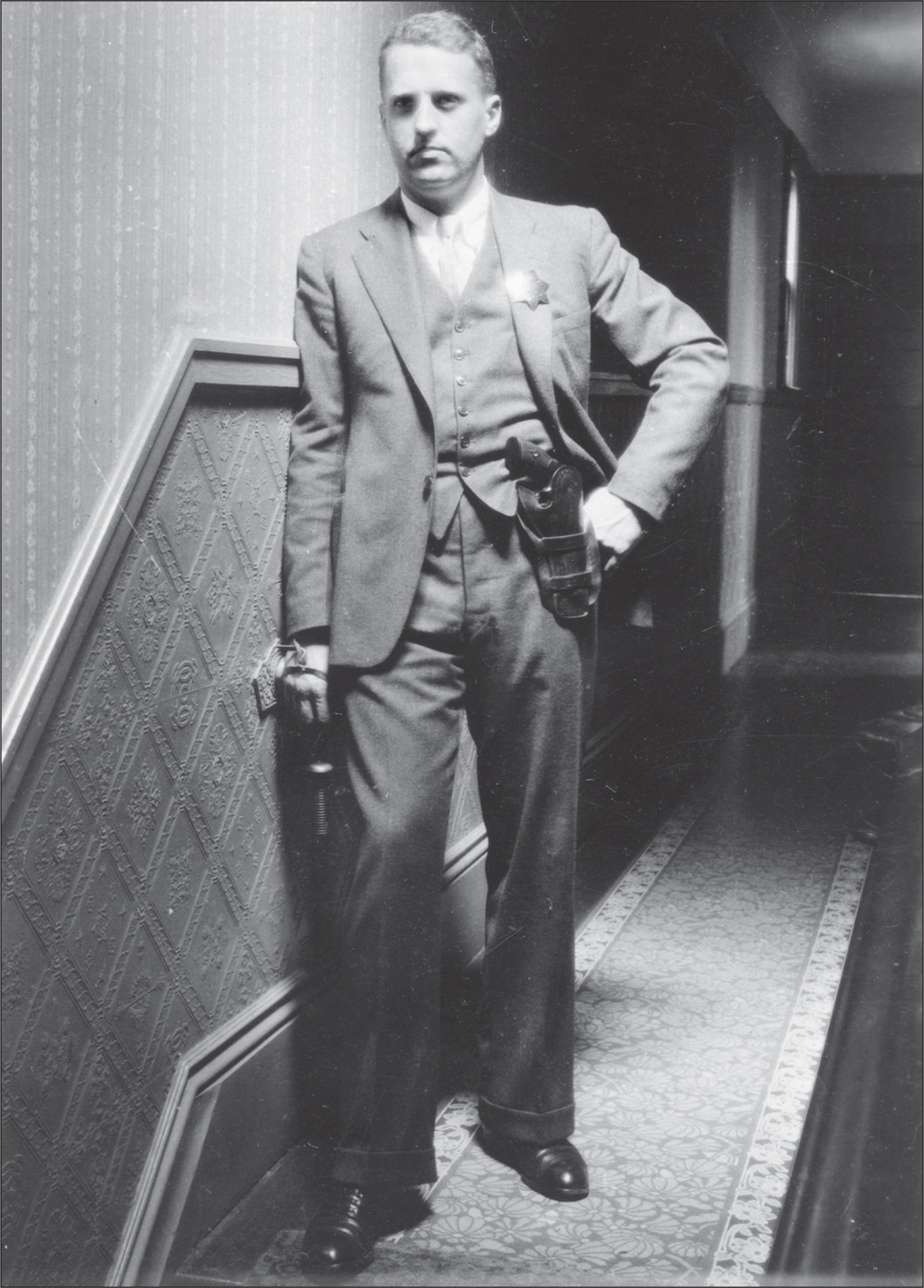
Pictured here is a good example of a lawman in the 1880s. Lawmen played a pivotal role in many movies that were filmed in the area. They were also involved in historic events in the Eastern Sierras, such as when convicts escaped in 1880 near a filming location in Mammoth. The area is now known as Convict Lake.
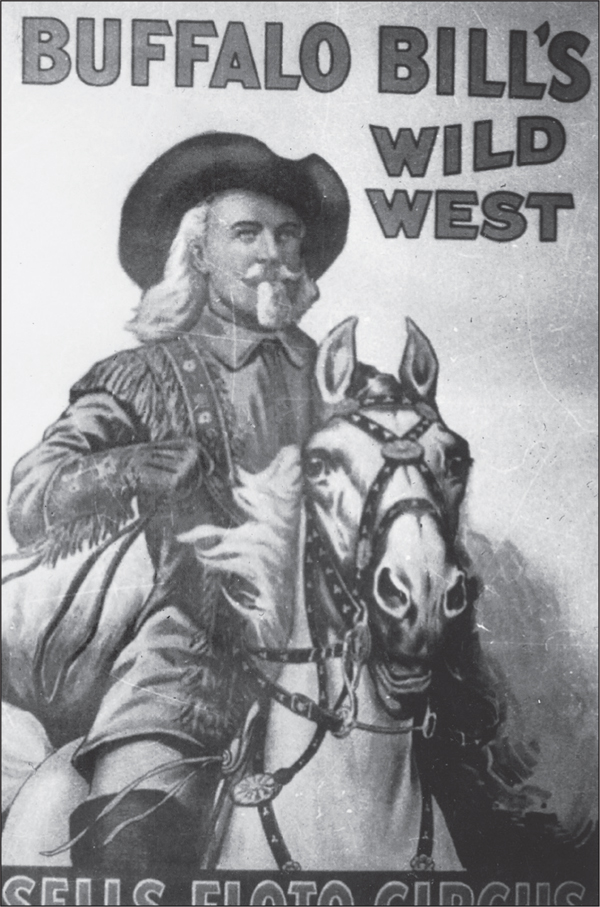
Buffalo Bill Cody was known for his Wild West shows, where people could see real cowboys and Indians performing skits and stunts depicting events in the Old West. It was these performances that led to screenplays of Westerns and early Hollywood filmmaking.
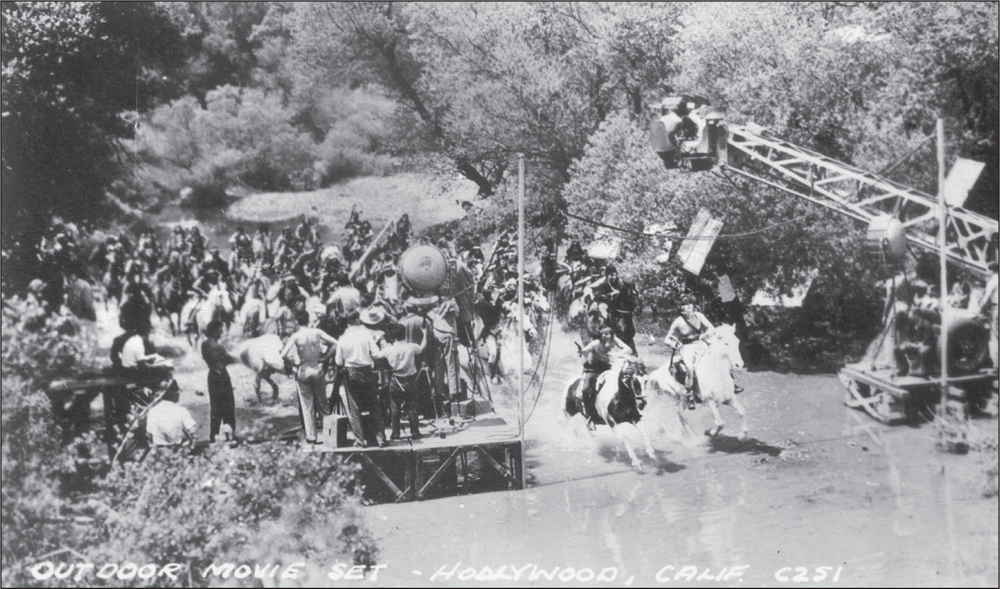
This image of an early Western film crew, taken before Alabama Hills became a popular filming location, shows the various equipment and people that make movies. The filming crew was (and still is) very important in providing success.
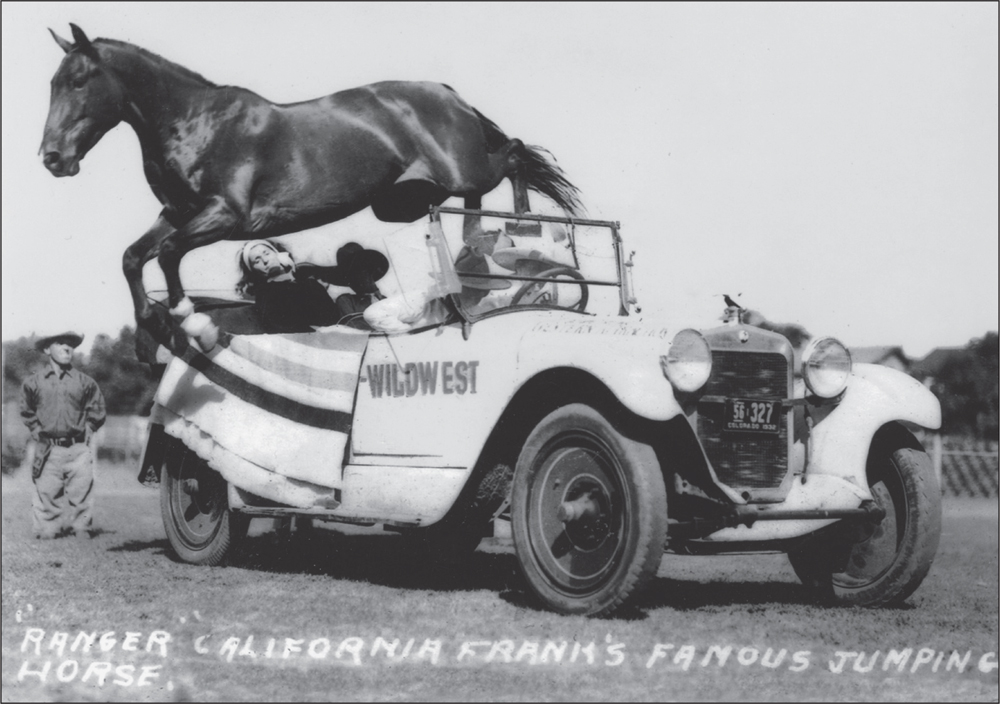
Stunts at Wild West shows were performed using horses. Here, a horse named Ranger is jumping over a car. In Trail to San Antone with Gene Autry and Peggy Stewart and Hands Across the Border with Roy Rogers, similar scenes were recreated. Watching Wild West shows was a preview to the future of watching movies.
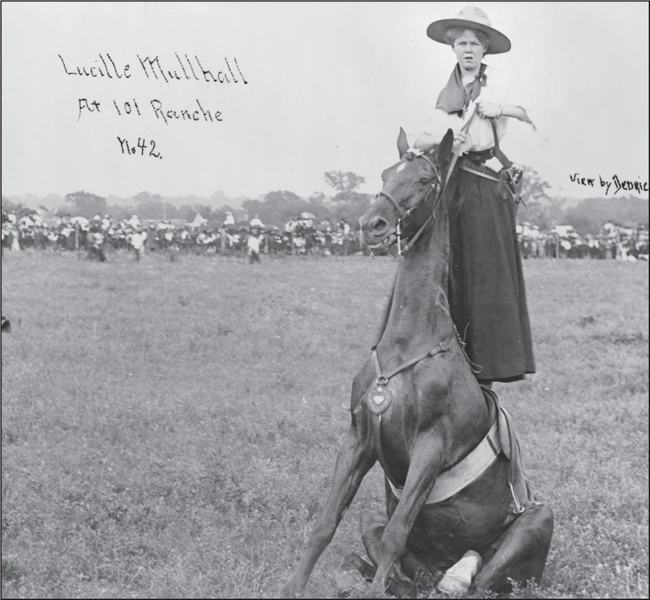
Performing here in 1909 for the Miller 101 Ranch Show is Lucille Mullhall, the “Rodeo Queen.” Wild West shows like this piqued the nation’s interest in early Westerns. Jack Hoxie and Tom Mix were regular performers at these live shows, and they became big stars of early Hollywood Westerns. Indeed, many of their films would be shot in the Alabama Hills—like Hoxie’s The Back Trail (1924), A Six Shootin’ Romance (1926), and Rough and Ready (1927) and Mix’s Just Tony (1922), Riders of the Purple Sage (1925), and Flaming Guns (1932). (Courtesy of Library of Congress.)
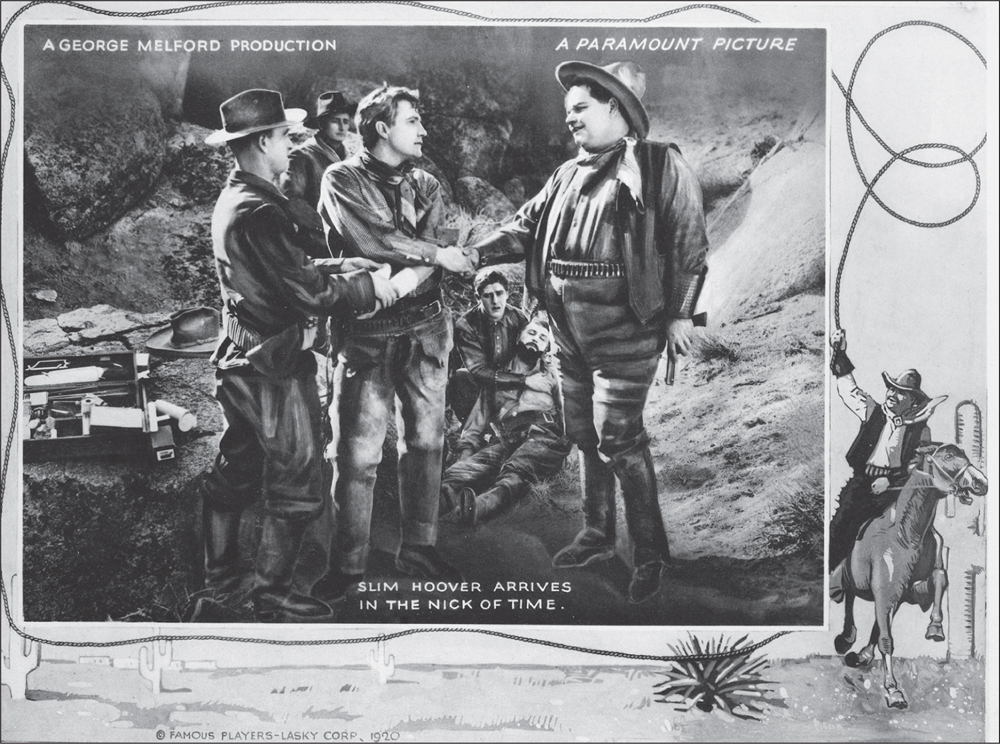
According to a letter by Clarence Badger, the short film Water, Water Everywhere, released in early 1920, was shot near the Alabama Hills. Will Rogers said it was a Western in which he starred, but the film is lost. The screenplay was written by Robert F. Hall. It is still speculated that Badger’s film may have brought Hollywood to the Alabama Hills. However, the first accepted feature film (lasting 60 minutes or longer) shot in the Alabama Hills was The Round Up, released in late 1920 and directed by George Melford. The Round Up was Roscoe “Fatty” Arbuckle’s first feature film. The rare lobby card shown is an example of early advertising. This was a result of the influence of Broadway shows, Old Wild West shows, carnivals, the 101 Ranch Shows by the Miller Brothers, and early silent Westerns starring William S. Hart. Many of the early Westerns were screened at the Million Dollar Theater, which was the first theater built by Sid Grauman, in 1917, in Los Angeles. Located downtown, one can still gaze upon the sculpted bison heads outside of the theater.
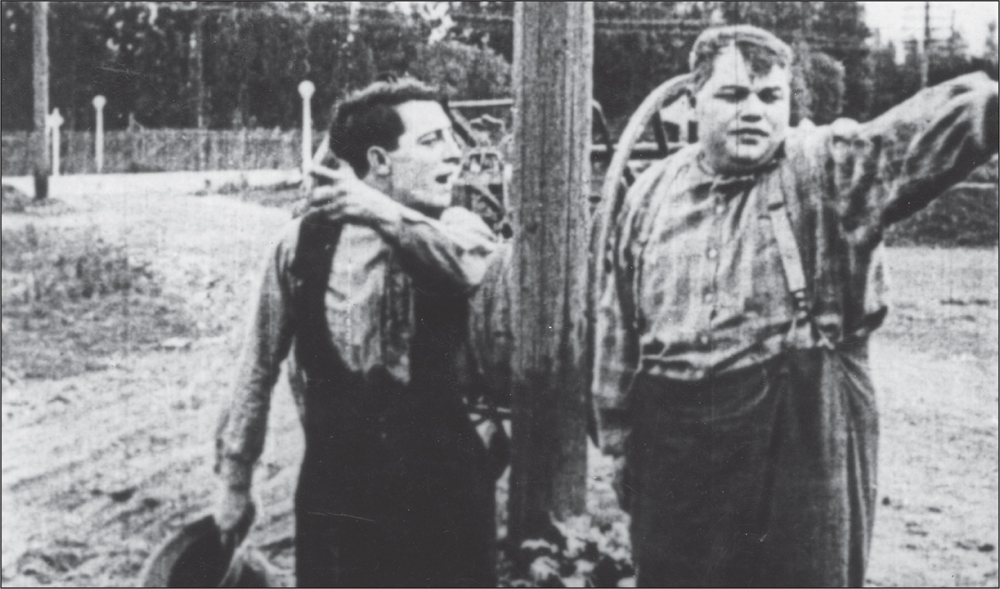
This is a movie still showing Arbuckle (right) and friend Buster Keaton. During filming for The Round Up (1920), Keaton appeared as an unbilled extra on set as a favor. Early filming took place along and near Tuttle Creek Road and the southern and eastern parts of the Alabama Hills. These sites include Skull Rock, Ruiz Hills, and the famous Anchor Ranch, located near Highway 395 near the town of Lone Pine.
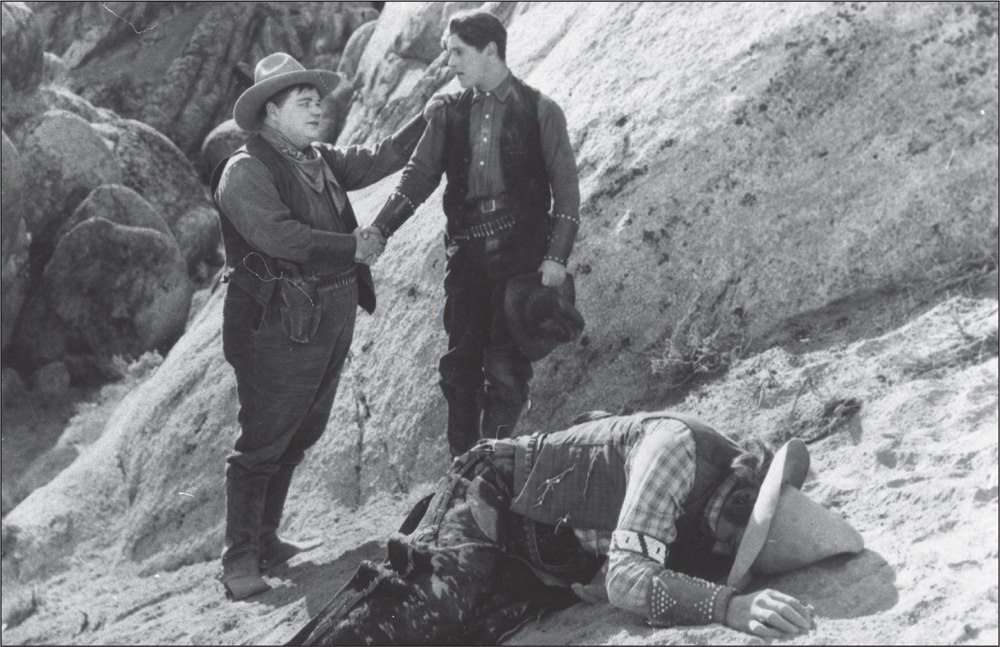
This rare movie still from The Round Up shows Roscoe Arbuckle as Slim Hoover. This was Arbuckle’s first feature film as well as the first feature film to be shot in the Alabama Hills near Lone Pine, California. The cast and crew stayed at the Lone Pine Hotel, which is now the chamber of commerce.
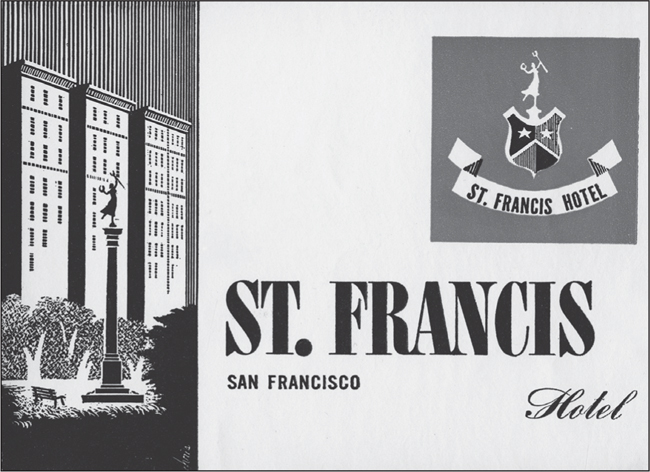
This is a luggage tag from the St. Francis Hotel in San Francisco, California. It was here that a year after the filming of The Round Up, a scandal that started in room 1219 involving the death of actress Virginia Rappe resulted in a trial and ruined Arbuckle’s reputation. He was acquitted, but his career was destroyed. He later died of heart failure and was cremated. Virginia Rappe is buried at Hollywood Forever Cemetery in Hollywood, California.
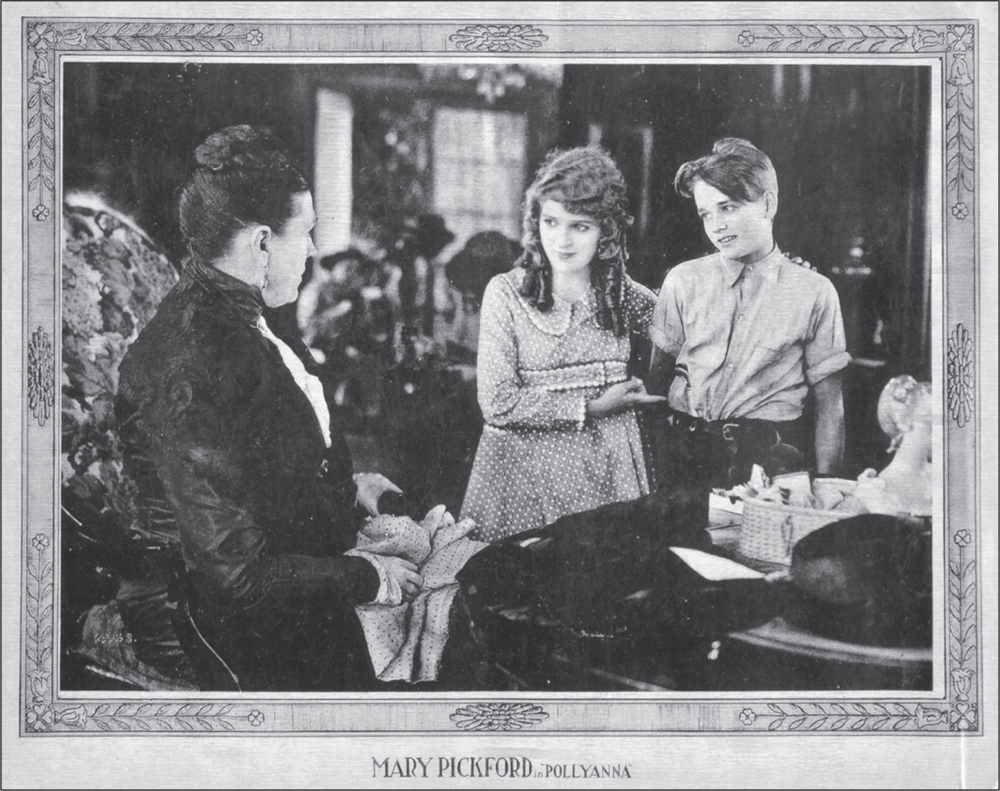
This lobby card shows famous actress Mary Pickford in Pollyanna (1920), another early film shot in Lone Pine and Independence. Pickford was most famous for her marriage to the swashbuckling Douglas Fairbanks Sr., with whom she owned the Roosevelt Hotel in Hollywood, California.
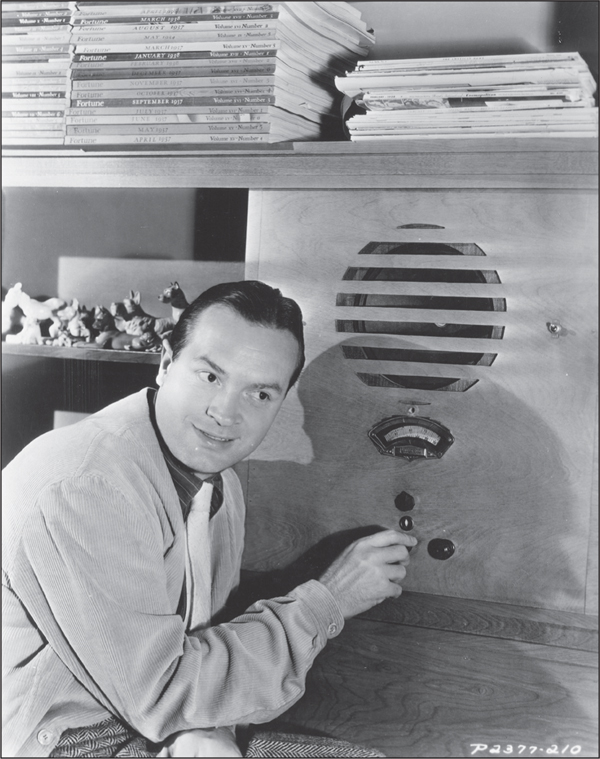
Bob Hope was famous for his charm and wonderful entertainment throughout show business. Roscoe “Fatty” Arbuckle introduced both Bob Hope and Charlie Chaplin to Hollywood.
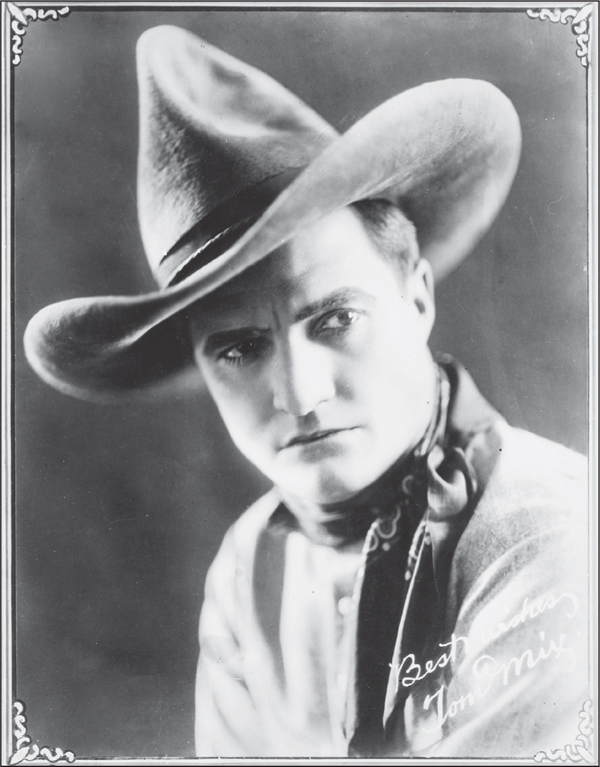
Tom Mix made the famous Riders of the Purple Sage in 1925 in the Ruiz Hills area of the Alabama Hills. Mix starred in 291 films, was a veteran of Teddy Roosevelt’s Rough Riders in the Spanish-American War, and worked mostly out of his Mixville studio. Mixville was a Western town at the present intersection of Glendale Boulevard and Rowena Avenue in Silverlake, California, built by William Selig in 1915 and sold to William Fox in 1916. Near Mixville, Mix hung out at Tam O’Shanter and Edendale 56 Firehouse, where he played poker and gathered people together for pancake breakfasts, carrying these traditions with him when filming up in Lone Pine. He served as a pallbearer at Wyatt Earp’s funeral, took part in radio productions, and had a horse named Tony the Wonder Horse. Mix is buried at Forest Lawn Cemetery in Glendale, California.
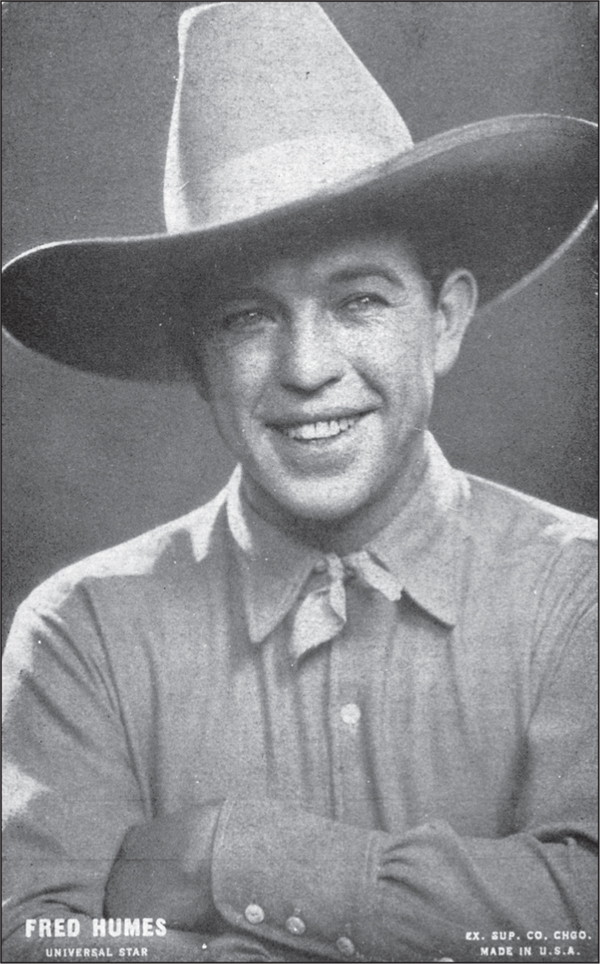
Fred Humes was another famous actor of the silent era. In addition to appearing in Westerns, he was a gorilla in Lorraine of the Lions (1925) and Circus Rookies (1928). Fred Humes starred in a silent film, The Arizona Cyclone (1928), near the Anchor Ranch, which was owned by a real cowboy and rancher named Russ Spainhower.
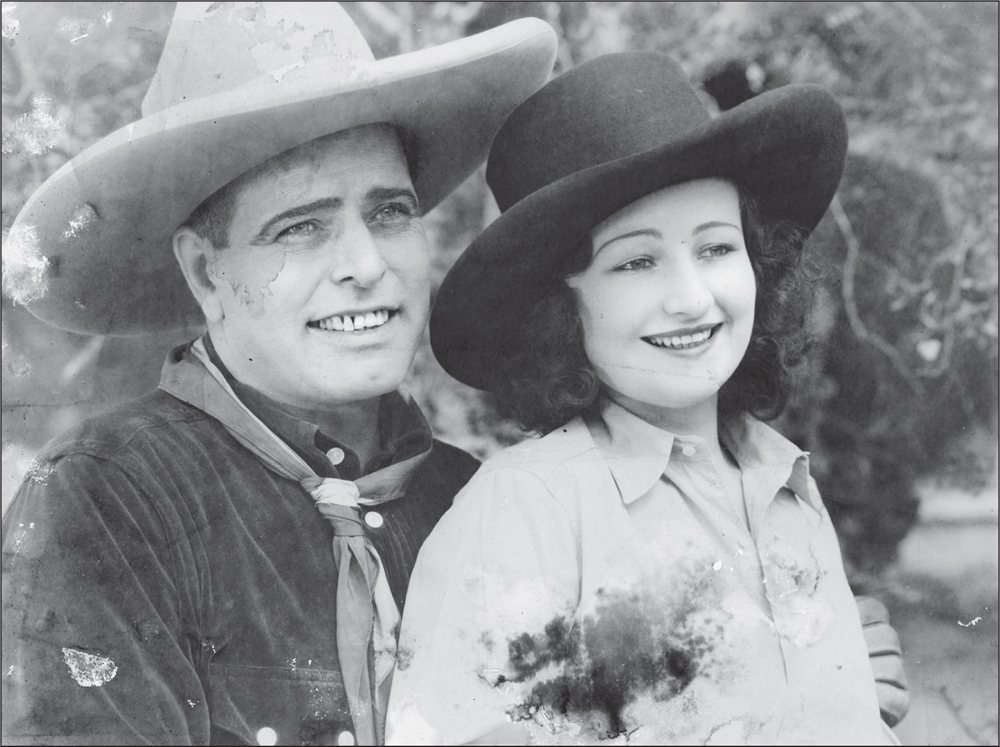
Jack Hoxie and Dixie Starr were the first big-name duo entertainers, before the likes of Roy Rogers and Dale Evans. Jack and Dixie performed in the Miller 101 Ranch Wild West Shows for crowds in the early days of carnivals and rodeos.
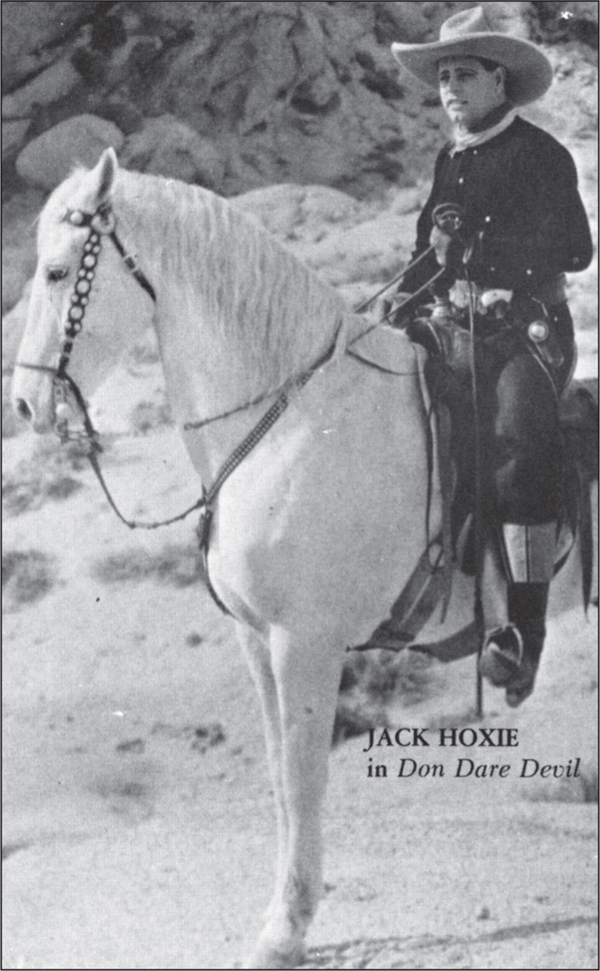
Jack Hoxie made more pictures in the Alabama Hills than any other silent actor of the day. He and his horse White Fury are shown here in Don Dare Devil (1925), which was filmed in the Ruiz Hills area. He also had a horse named Scout.
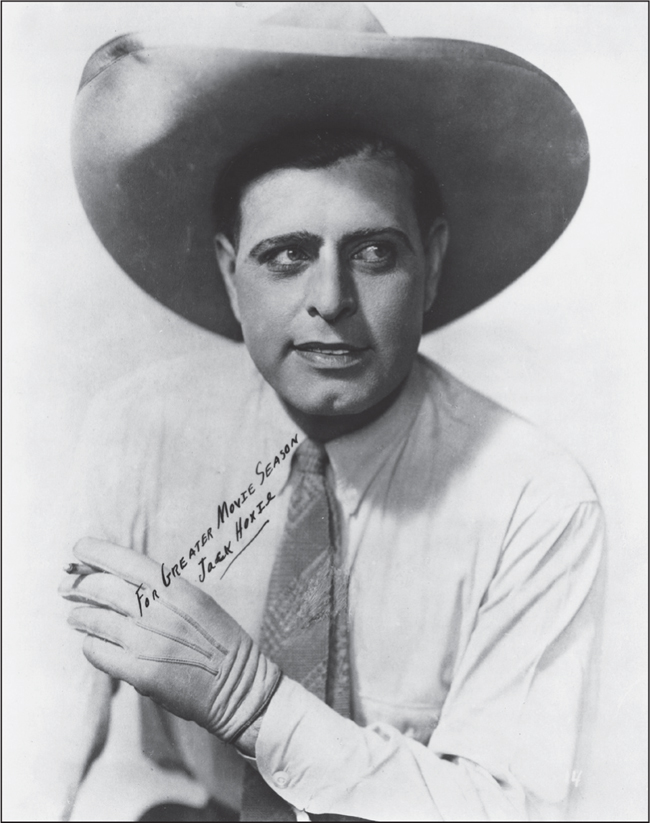
Jack Hoxie can also be seen in numerous other films, including Back Trail (1924), also filmed in the Ruiz Hills area. Jack Hoxie, like Tom Mix, was one of the more famous cowboys of the early era and is buried at Willowbar Cemetery in Keyes, Oklahoma.
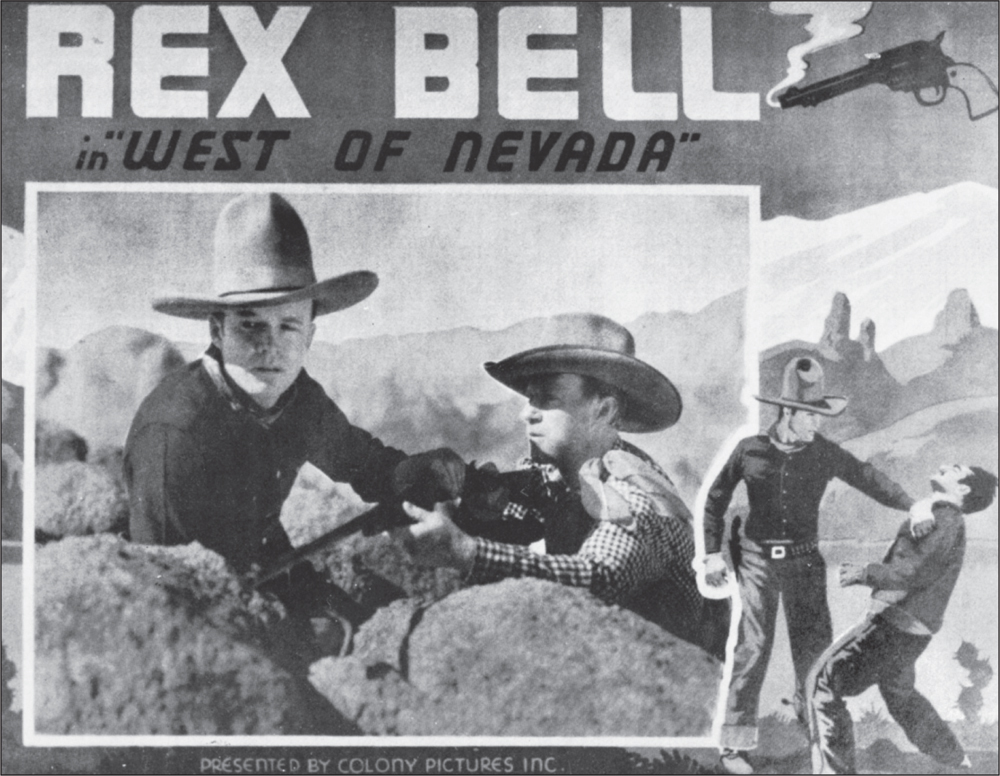
Rex Bell was born George Beldam and was in silent Westerns in the 1920s. In 1931, he married the famous Clara Bow. He made six epics for the Alexander brothers. West of Nevada (1936), the second in this series, was filmed in the Alabama Hills.
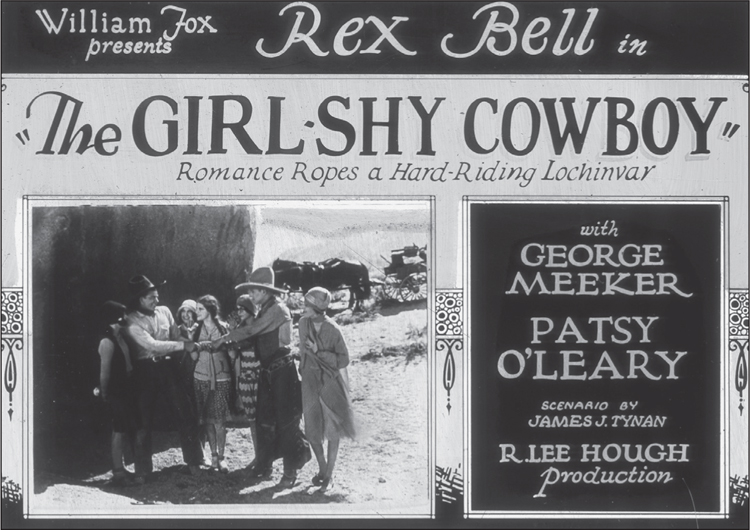
Under William Fox, Rex Bell starred in The Girl-Shy Cowboy (1928). This is a glass slide that typically was used in silent theaters as an advertisement, lobby card, or preview for movies to come.
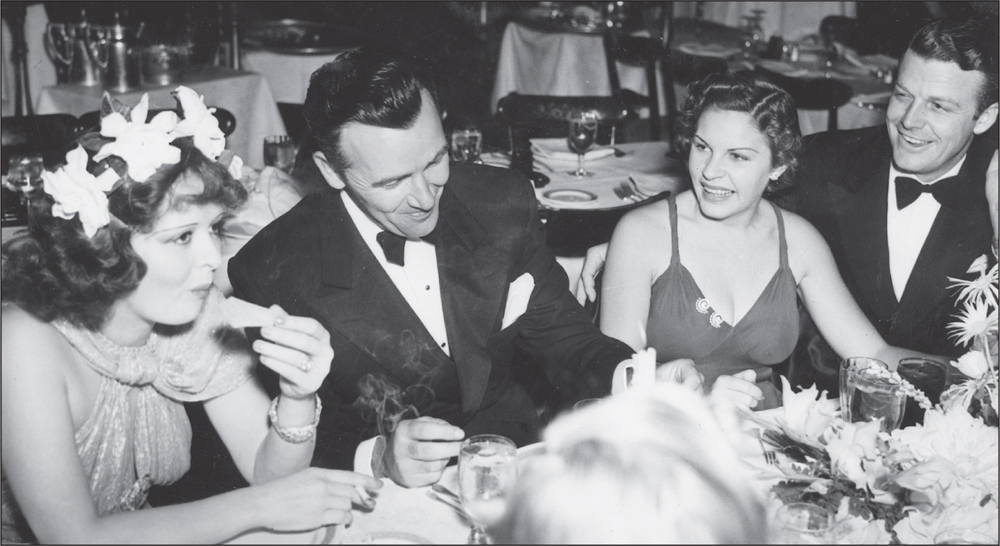
From left to right are Clara Bow, Preston Foster, Martha Raye, and Rex Bell at the Biltmore Bowl in the Biltmore Hotel in Los Angeles in 1937. All except Clara Bow starred in movies filmed in the Alabama Hills. Clara Bow, however, often went to visit her husband, Rex Bell, when he was filming there and became familiar with the area.
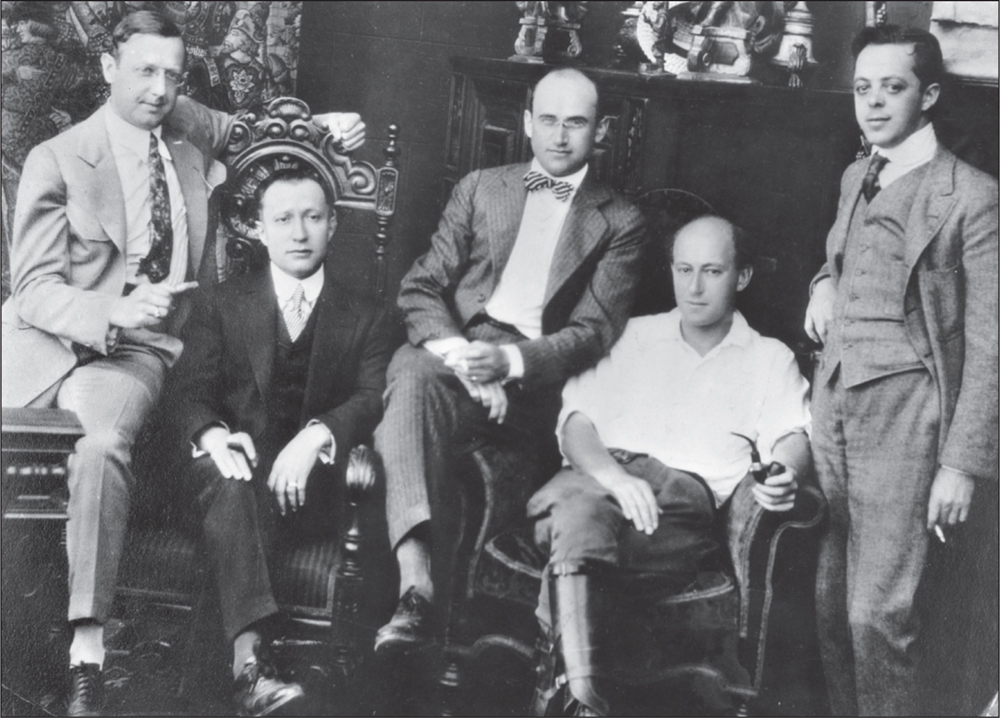
Samuel Goldwyn, producer of many popular films of the age, is seated in the center. He is joined by early Hollywood moguls Cecil B. DeMille (second from right), Jesse Lasky (left), and Adolph Zukor (second from left). These legendary figures of movie history and their efforts echo through movie studios even today.
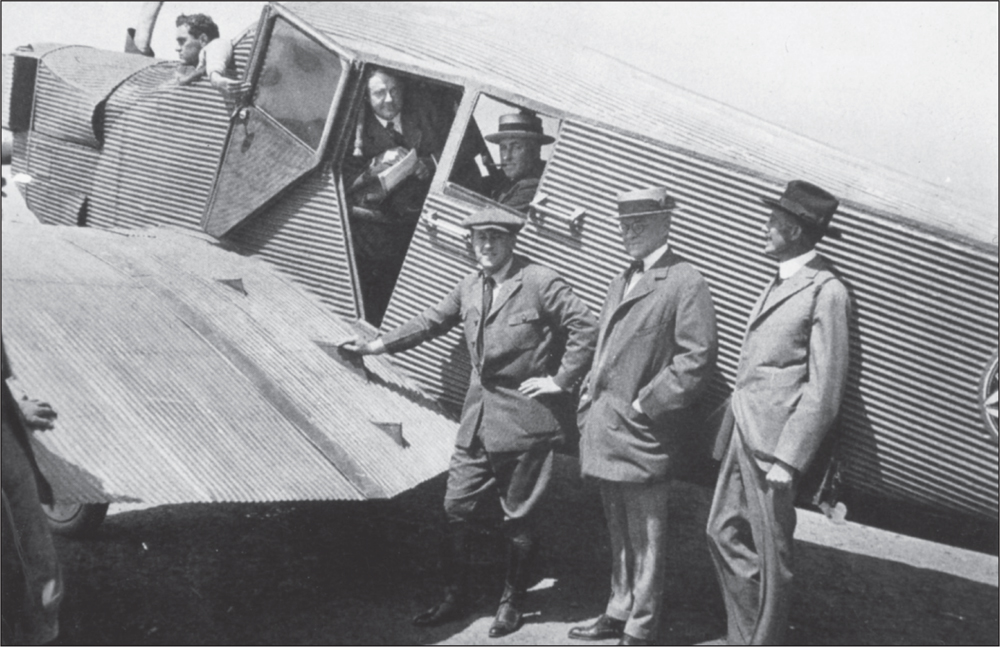
Cecil B. DeMille is shown here (center) in a rare picture of the Junkers airplane he took when location filming. His film Samson and Delilah (1949) was shot in the Alabama Hills, and he was involved in the early movie making of Hollywood. The Hollywood Heritage Museum barn has wonderful exhibits about Cecil B. DeMille and many other famous names of the early film era displayed on-site.
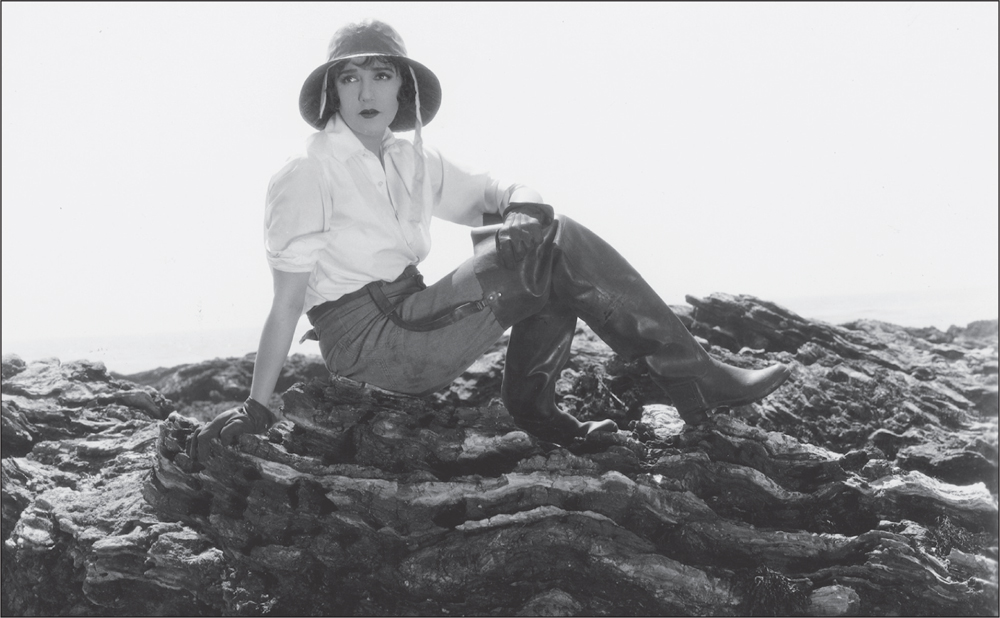
Hot News (1928) was directed by Clarence Badger and was filmed in the Alabama Hills. It starred melancholy, yet sexy, Bebe Daniels. Clarence Badger had a private retreat in the Alabama Hills known as the Cuffe Ranch.
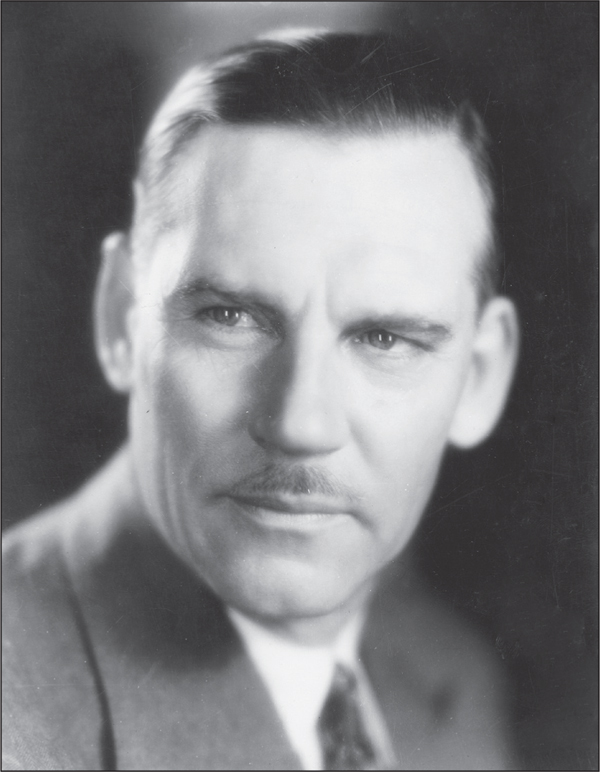
Walter Huston is shown here in The Bad Man (1930), which was based on a popular 1920 play of the same name. In this film, shot in the Alabama Hills and directed by Clarence Badger, Huston plays a bandit. This film is rare and can be viewed at the University of California, Los Angeles Film and Television Archive—a wonderful place for any film historian.
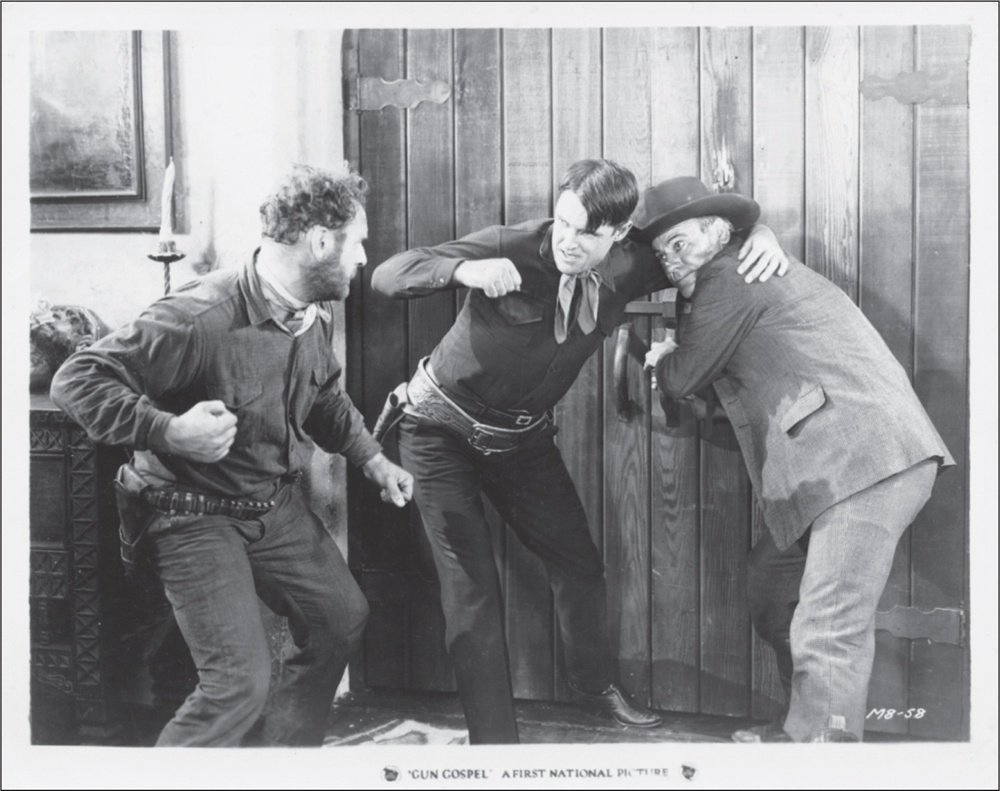
Gun Gospel (1927) is another rare film starring the famous Ken Maynard and his horse named Tarzan. The Wagon Master (1929), also starring Maynard, was the first cowboy film to feature a singing cowboy and the first film with sound shot in the Alabama Hills. This paved the way for other singing cowboys like Tex Ritter.
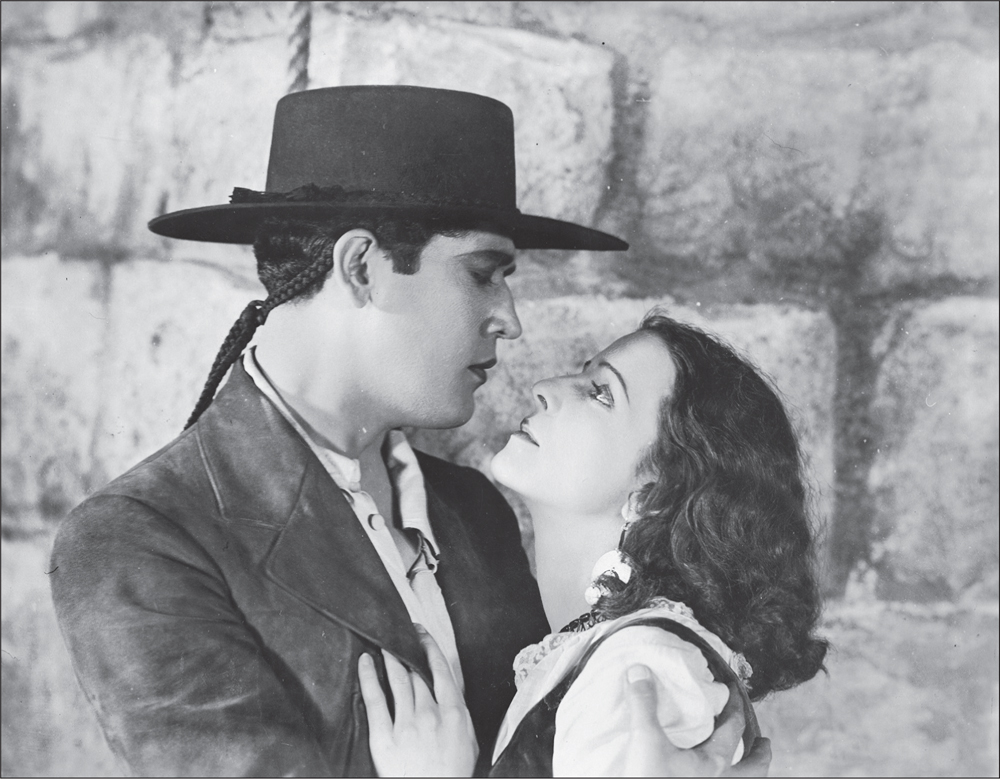
One Mad Kiss (1930), starring newcomer Don Jose Mojica and Mona Maris, was also a singing-cowboy movie. It had a swashbuckling Robin Hood–like theme, as Mojica’s character robs from the rich to give to the poor. It was a Fox Movietone production. Mojica, shown here, had a superb lyric tenor voice, and Maris was an Argentine dancer of note.
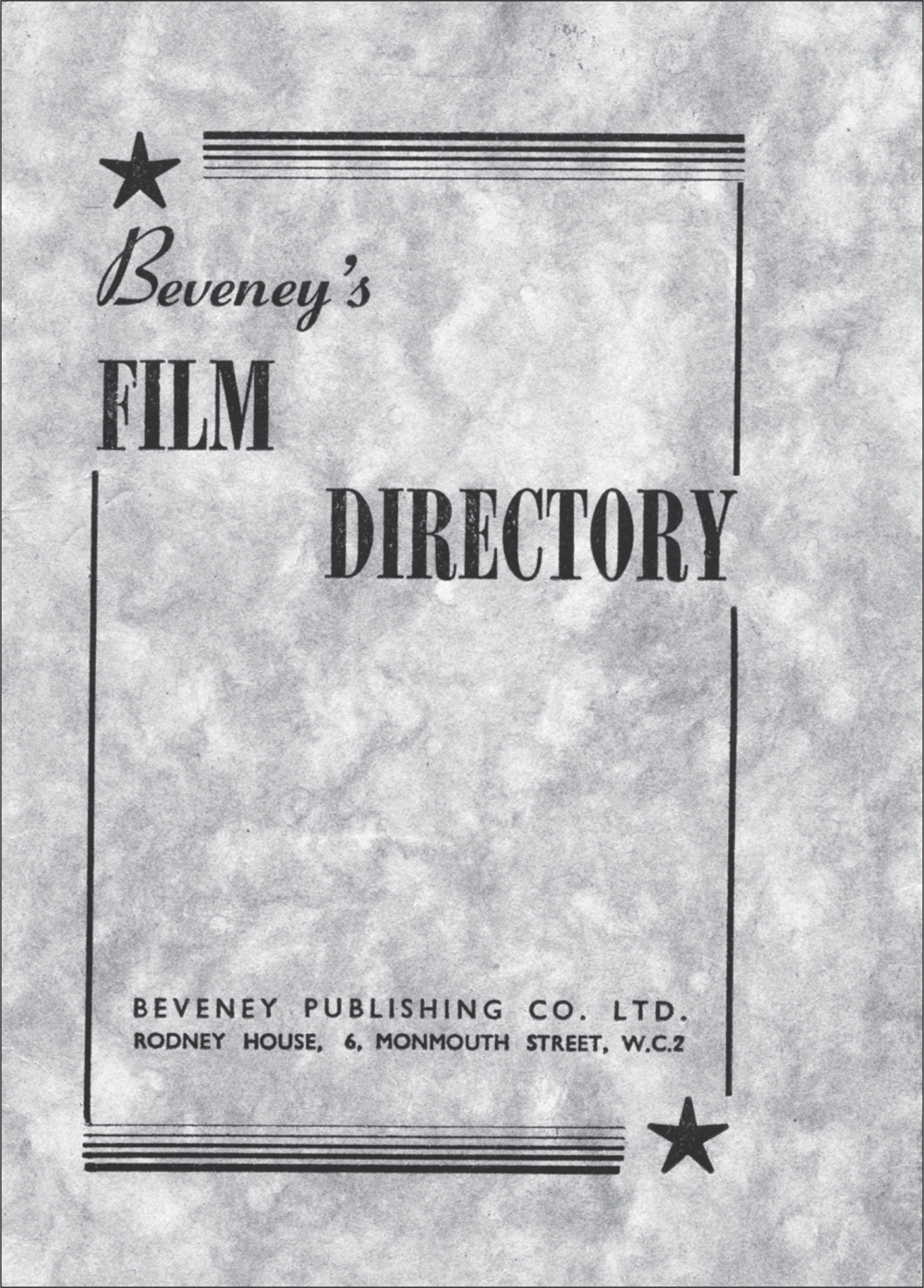
Beveney’s Film Directory listed many of the early Hollywood movie studios that filmed in the Alabama Hills. Monogram Pictures, Movietone News, Paramount Pictures, Hal Roach Studios, Republic Pictures, and many others were included. Just about every major studio of Hollywood has filmed in the hills at one time or another throughout the last century.




























